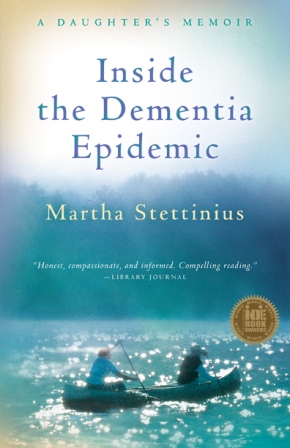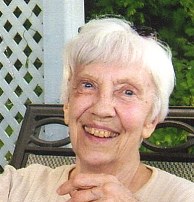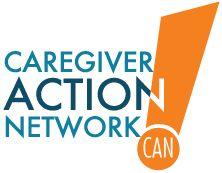Why Paleo may Help Prevent Dementia
 Tuesday, August 13, 2013 at 02:25PM
Tuesday, August 13, 2013 at 02:25PM Recent studies show that there is a correlation between high blood sugar and an increased risk of dementia. You don't have to be fully diabetic to be at risk. For me, this is personal. My mother, Judy, who passed away in December with advanced dementia, always carried some extra weight, and I'm pretty sure she was pre-diabetic but didn't know  My mother, Judy, with her grandsonit. (She carried weight around her stomach, an indicator of pre-diabetes, insulin resistance and metabolic syndrome.) I think that if Mom had known years ago what I know now about diet she would have tried hard to change her eating habits. In a previous post ("Is There a Diet to Reduce the Risk of Dementia?") I wrote about the benefits of a low-carb and anti-inflammatory diet.
My mother, Judy, with her grandsonit. (She carried weight around her stomach, an indicator of pre-diabetes, insulin resistance and metabolic syndrome.) I think that if Mom had known years ago what I know now about diet she would have tried hard to change her eating habits. In a previous post ("Is There a Diet to Reduce the Risk of Dementia?") I wrote about the benefits of a low-carb and anti-inflammatory diet.
Today I want to share with you that once again I am starting a Paleo diet with the hope of losing weight, lowering my blood sugar (on the high side of normal), and getting fit. Like Mom, I carry a lot of weight around my  middle, and I need to lose 70 pounds to get back to what I weighed pre-children. On a Paleo diet you eat like a caveman--whatever you could kill, pull from a tree, or dig from the ground before the advent of agriculture. The theory is that human beings have been living in agricultural societies for only a tiny fraction of their time on earth. We are genetically and metabolically unsuited to eat grain, sugar, refined foods such as vegetable oil, potatoes, dairy, legumes, and alcholol. If you eat Paleo-style you eat protein, animal fat, olive oil, lots of vegetables and some fruits and nuts. Basically you shop the periphery of the supermarket--and you cook a lot. Planning ahead is key.
middle, and I need to lose 70 pounds to get back to what I weighed pre-children. On a Paleo diet you eat like a caveman--whatever you could kill, pull from a tree, or dig from the ground before the advent of agriculture. The theory is that human beings have been living in agricultural societies for only a tiny fraction of their time on earth. We are genetically and metabolically unsuited to eat grain, sugar, refined foods such as vegetable oil, potatoes, dairy, legumes, and alcholol. If you eat Paleo-style you eat protein, animal fat, olive oil, lots of vegetables and some fruits and nuts. Basically you shop the periphery of the supermarket--and you cook a lot. Planning ahead is key.
I started this diet three weeks ago, but fell off the wagon a couple of times because my hubbie and teenage children brought treats into the house that I found too tempting. Now, I'm starting over with the Whole 30 Paleo program (check it out, it's pretty cool) and I'm on Day 3 today. Hubbie and I bought 2 toolboxes with combination locks to keep his treats in--one for the chest freezer for his ice cream bars, one for the pantry for his chips and stuff. So now I can't get to his treats late a night, but he and the kids can if they want to. This was a major step to help me succeed.
If anyone in your family has had dementia--and particulary if you are an active caregiver for someone with dementia--please take time to think about your own health. How you eat and exercise now will have an effect on your brain health in 10 or 20 years.
 Here's my Paleo lunch today (all leftovers): pork steak with sauteed onions; pureed cauliflower with coconut milk and grassfed butter (butter from my health food store) (texture is just like mashed potato); massaged kale salad with olive oil, lemon and my garden cherry tomatoes; my garden green and wax beans (not technically Paleo because they are legumes, but I worked hard to grow them so I'm eating them! String beans are more Paleo if their seeds are tiny).
Here's my Paleo lunch today (all leftovers): pork steak with sauteed onions; pureed cauliflower with coconut milk and grassfed butter (butter from my health food store) (texture is just like mashed potato); massaged kale salad with olive oil, lemon and my garden cherry tomatoes; my garden green and wax beans (not technically Paleo because they are legumes, but I worked hard to grow them so I'm eating them! String beans are more Paleo if their seeds are tiny).
This 30-day Paleo challenge includes exercise, too. I'm making sure to do something active every day, whether it's hauling weeds out of my garden, walking, or using my new hand weights to do some resistance training.
At the end of my 30-day Paleo challenge I'll let you know if I lost any weight and if my sugar and carb cravings have disappeared. So far, so good!






















